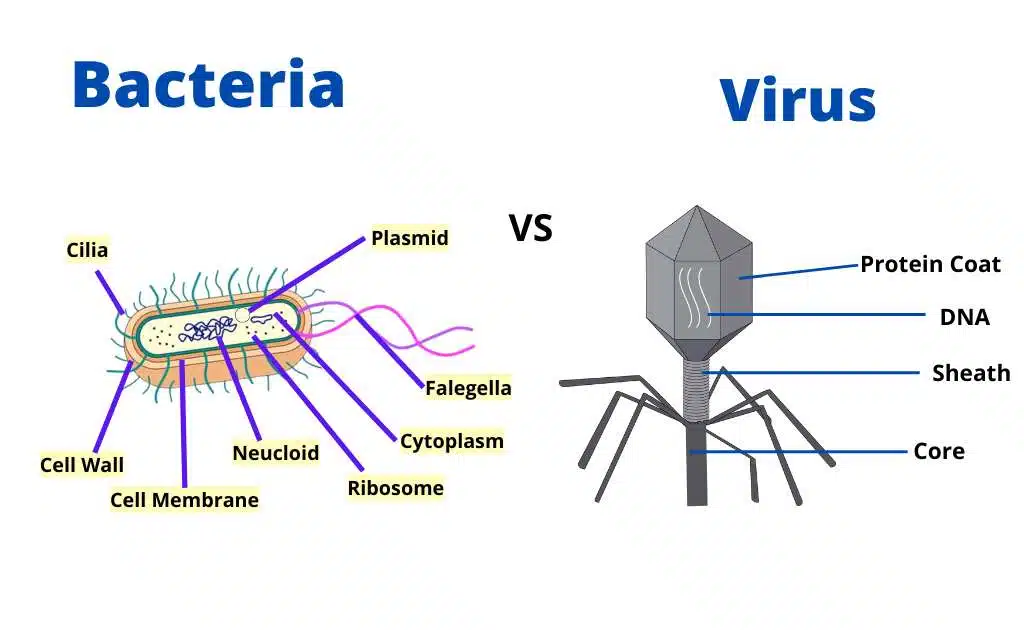Difference between Acrania and Craniata
November 30, 2024
The key difference between Acrania and Craniata is the presence or absence of cranium (skull) and head. Subphylum Acrania organisms lack a skull or distinguished head, while the Craniata organisms contain a skull and a distinguished head structure.
Acrania Vs. Craniata

Here are some key differences between Acrania and craniata:
| Character | Acrania | Craniata |
| Definition | Acrania is a subphylum of Chordata that includes primitive chordates without a cranium (skull) or distinct head. | Craniata is a subphylum of Chordata that includes vertebrates with a cranium and distinct head structure |
| Alternative Name | Cephalochordates | Vertebrates |
| Cranium, Brain, and Jaw | Absent in Acrania | Present in Craniata |
| Head Structure | No distinct head structure | A distinct head structure is present |
| Vertebral Column | Absent. Only a notochord is present | Present. Vertebral column replaces the notochord during development |
| Heart | They lack a heart and their blood does not contain blood cells (corpuscles) | They have a chambered heart and their blood contains blood cells. |
| Circulatory System | Open and primitive circulatory system | Closed and well-organized circulatory system |
| Body Structure | Their complete body is divided into segments with the absence of a distinct head section | Their body is well-developed and contain separate head, neck, trunk and tail. |
| Respiration | Respiration through body surface or pharyngeal slits | Specific respiratory organs such as gills or lungs |
| Feeding Patterns | They feed on tiny particles floating in the water. | They eat plants, invertebrates and other vertebrates. |
| Development | Indirect development through a larval stage | Development can be either direct or indirect |
| Area | Found in marine areas or lives near coastal environments | Found in terrestrial, aquatic, or airborne areas |
| Examples | Branchiostoma, Asymmetron | Petromyzon (lamprey), frog, fish |
File Under:







Leave a Reply